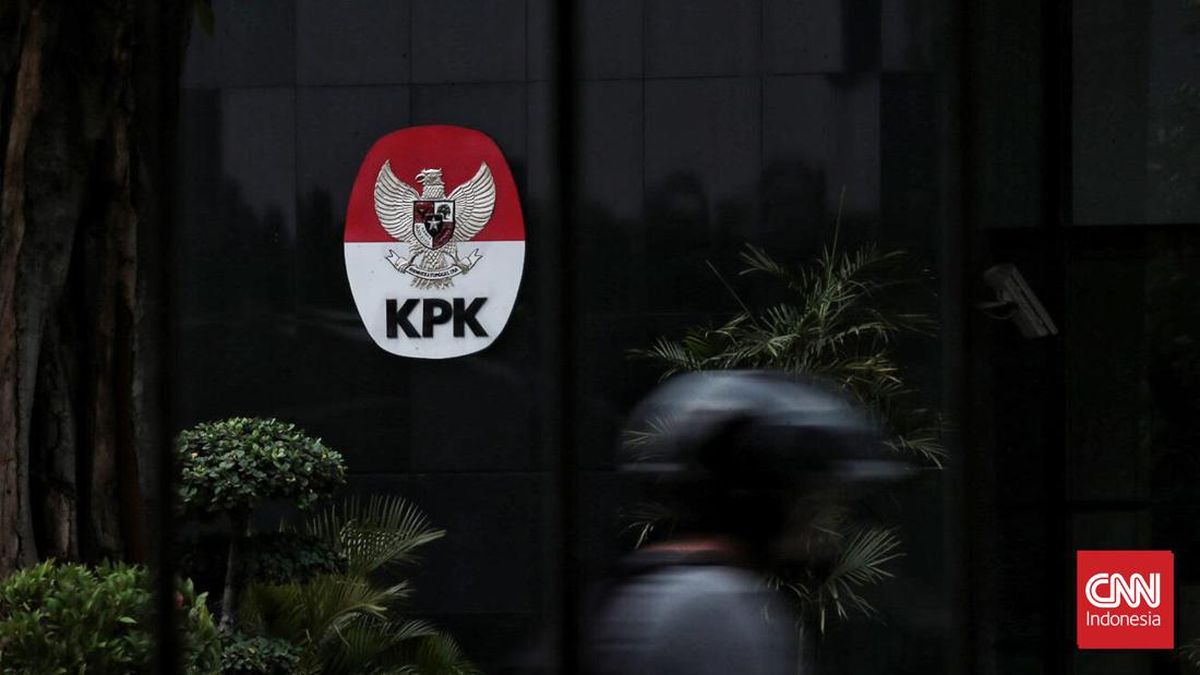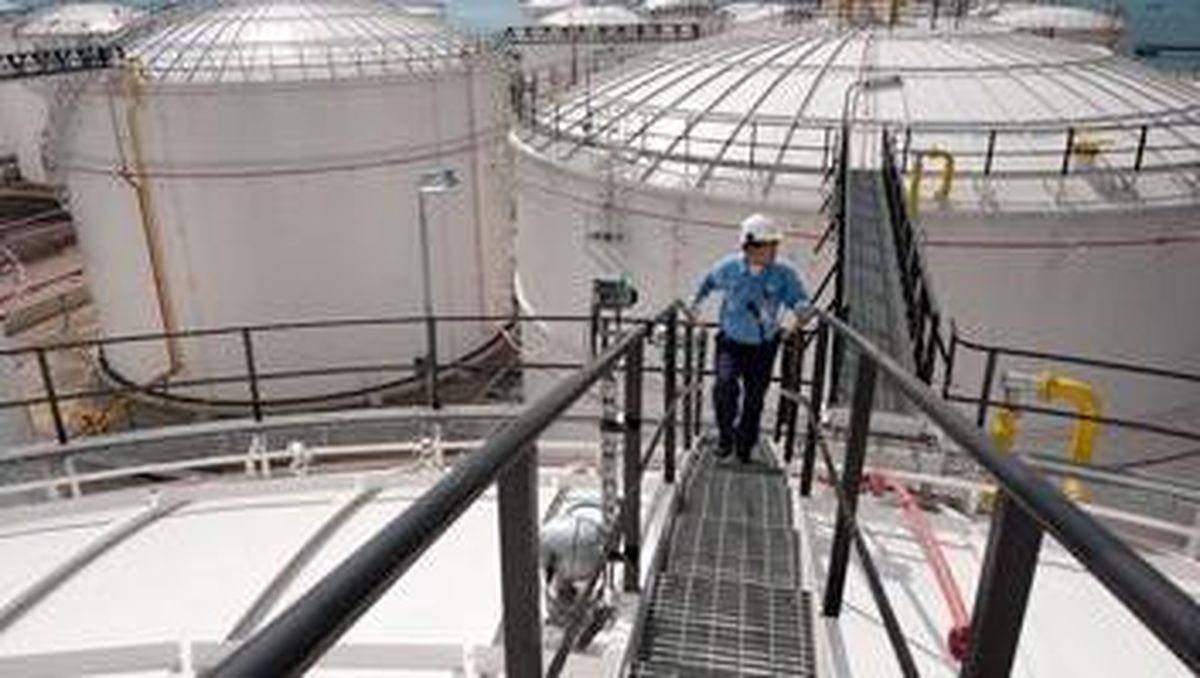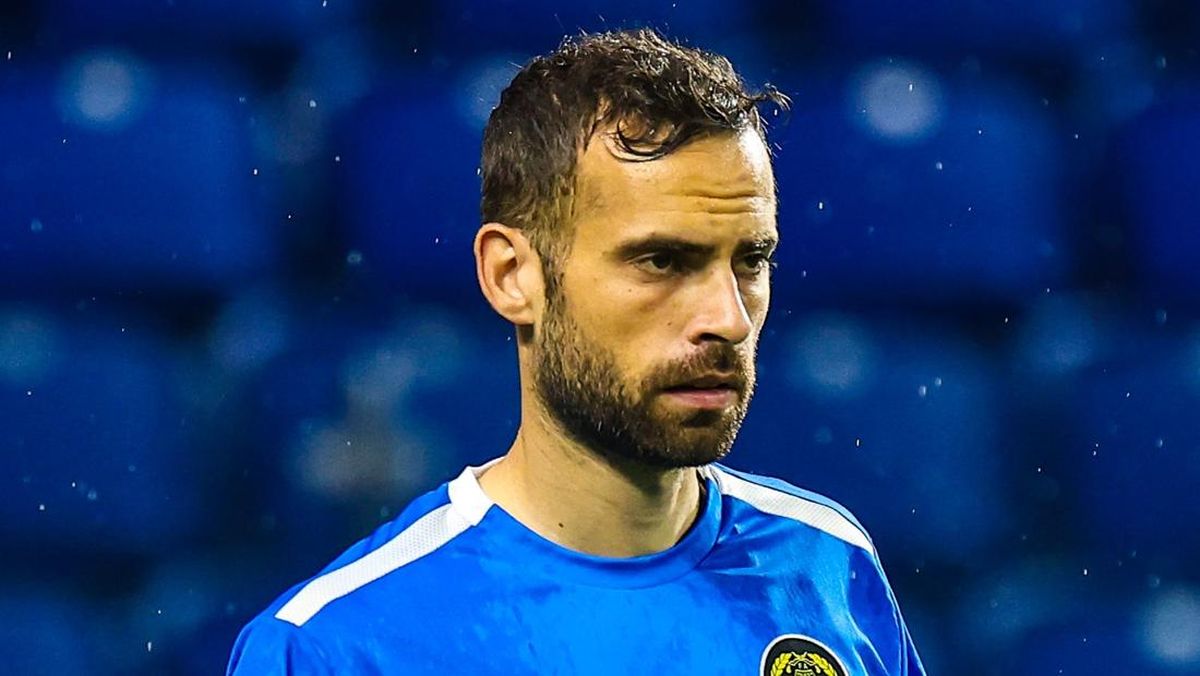How does a supermoon occur?
A supermoon happens when a full moon is at its closest to Earth.
It can appear 14 per cent larger and 30 per cent brighter at this point than at the furthest point on its orbit.
The result is a dramatic, glowing moon that, in the right conditions, illuminates the night sky. It is often most striking when it emerges over the horizon and is contrasted against buildings, monuments, trees and other landmarks.
Where can I see it?
The harvest moon can be best viewed over the eastern horizon and is expected to swell dramatically as it appears in the moments after sunset.
Clear skies and an unobstructed view make for the best viewing experience.

The full moon passes behind the illuminated windows of a New York City skyscraper in August 2023.Credit: AAP
When is the best time to see it?
Tonight’s approximate moonrise times (when the supermoon first appears over the horizon) are:
- Sydney - 7.13pm AEDT
- Melbourne - 7.44pm AEDT
- Brisbane - 6pm AEST
- Darwin - 6.51pm ACST
- Perth - 6.40pm AWST
When are the next supermoons?
The next supermoon – the hunter’s moon – will fall on November 5. The hunter’s moon is the supermoon that follows the harvest moon and is traditionally linked to hunting and food storage ahead of the northern hemisphere winter.

A surfer rides a wave as a blood moon rises above Manly beach in May 2021.Credit: Cameron Spencer
The supermoon following the hunter’s moon will be on December 5, with another supermoon forecast for January 2026.
We are expected to be treated to a total lunar eclipse, or blood moon, in March next year.
Why are there so many in a row?
Macquarie University astrophysicist and associate professor Devika Kamath said the moon’s phases and orbit have “all lined up” to deliver a larger number of supermoons in 2025.
“It’s like a person coming into a room, touching the wall, then coming out of the room,” Kamath said.
“It’s a phase – the closest point [to Earth] is going to be, in fact, on November 5 – what you see tonight won’t be the moon at its closest.”

The supermoon in Gisborne, 50 kilometres north of Melbourne, in 2019.Credit: Paul Rovere
Kamath found that a supermoon was made “special” by the aligning of the moon’s phases and orbit, a rare event that makes the sky “look fantastic”.
What other types of full moons are there?
Other special full moons include:
- Blood moon: occurs when Earth’s shadow completely covers the moon, which appears red at night sky due to remaining light reflected from the edges of the Earth’s atmosphere.
- Blue moon: not blue in colour or otherwise irregular in appearance, it’s the third full moon in a season with four full moons, or the second full moon in a month. It happens every 2.5 years, approximately.
How do they affect the tides?
Supermoons make the tide slightly stronger, causing high tides to be raised a few centimetres above normal and low tides slightly lower.
This is due to the moon’s stronger gravitational pull as it orbits closer to Earth. Its impact on tides is minor and smaller than that of a storm or other local weather.

A supermoon rises over Canberra with Parliament House in the foreground, in May 2021.Credit: Alex Ellinghausen
How can I photograph it?
Photographers are warned against over-zooming when capturing the supermoon, and to steady their device with a tripod or other structure to ensure a clear shot.
Loading
Phone users should also avoid over-zooming and tap on the screen to focus on the moon before taking the photograph.
All photographers should look east after sunset to capture the rising glow and brightness from the supermoon as it appears over the horizon.
Get to the heart of what’s happening with climate change and the environment. Sign up for our fortnightly Environment newsletter.


















































